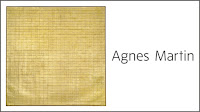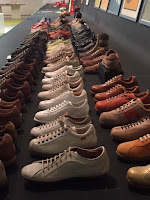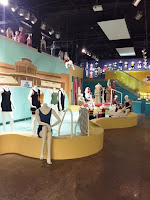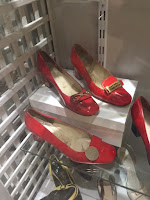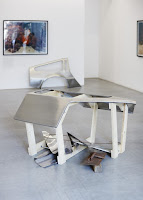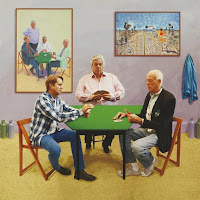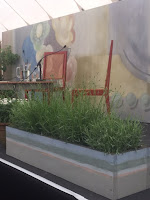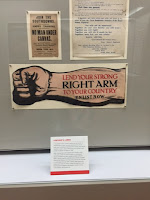Drawing the nude: from Manet to Auerbach

Small exhibition at Pallant House Gallery of drawings and prints of nudes from their own collection. Even with just a few pictures this show set up interesting dialogues between the works. There was a nice Sickert drawing near an Auerbach dry point picture of a very similarly posed figure in a Sickerty dark space. I liked a picture by Michael Andrews of three versions of the same figure in various stages of abstraction. There was also a lovely Keith Vaughan of two views of a seated male figure.



